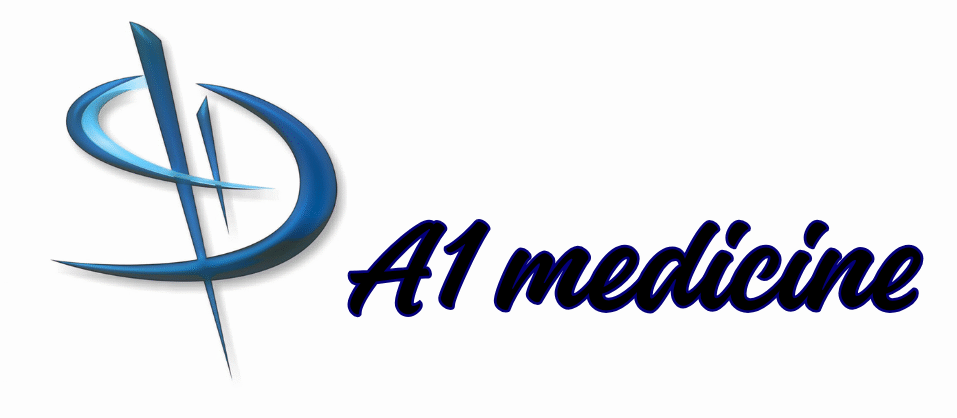1. Prehistoric Medicine (before 3000 BCE)
llness seen as caused by spirits or supernatural forces.
Treatments: herbal remedies, rituals, trepanation (drilling holes in skull).
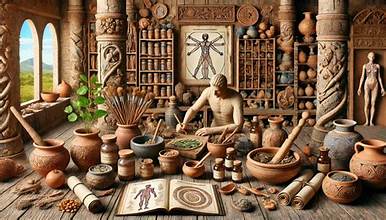
2. Ancient Medicine
Egypt (3000–1000 BCE): Used herbs, surgery, and spiritual healing; Ebers Papyrus is an early medical text.
Mesopotamia: Illness linked to gods; first recorded prescriptions.
India (Ayurveda, ~1500 BCE): Holistic system using diet, herbs, yoga, surgery (Sushruta’s surgical texts).
China (~1000 BCE): Traditional Chinese Medicine (acupuncture, herbal therapy).
Greece (Hippocrates, 460–370 BCE): “Father of Medicine”; introduced observation, diagnosis, Hippocratic Oath.
Rome (Galen, 129–216 CE): Expanded medical knowledge, anatomy studies, surgical techniques.1
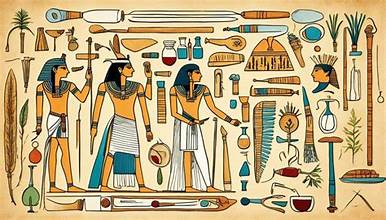
3. Medieval Medicine (500–1500 CE)2
Strong influence of religion; diseases seen as punishment from God.
Hospitals often linked to monasteries.
Islamic physicians (Avicenna’s Canon of Medicine) preserved and advanced Greek knowledge.
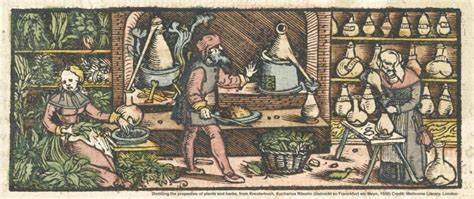
4. Renaissance (1500–1700 CE)
Revival of anatomy and dissection (Andreas Vesalius).
Invention of printing spread medical texts.
Paracelsus introduced chemical medicines
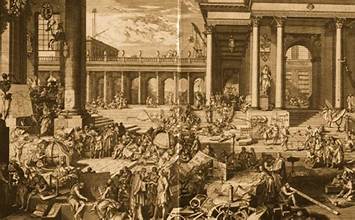
5. 18th–19th Century Medicine
Edward Jenner developed the first vaccine (smallpox, 1796).
Louis Pasteur discovered germs; Robert Koch identified disease-causing microbes.
Advances in surgery with anesthesia and antiseptics (Joseph Lister).

6. 20th Century Medicine
Antibiotics (penicillin, 1928 by Alexander Fleming).
Development of X-rays, blood transfusion, organ transplants.
Growth of public health, vaccines, and modern hospitals.
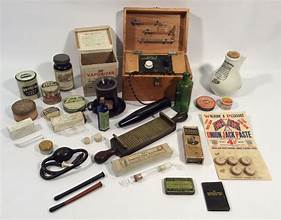
7. 21st Century Medicine (Modern Era)
Biotechnology, genetic engineering, personalized medicine.
Robotic surgery, AI in diagnostics, stem cell therapy.
COVID-19 pandemic accelerated vaccine research (mRNA vaccines).

